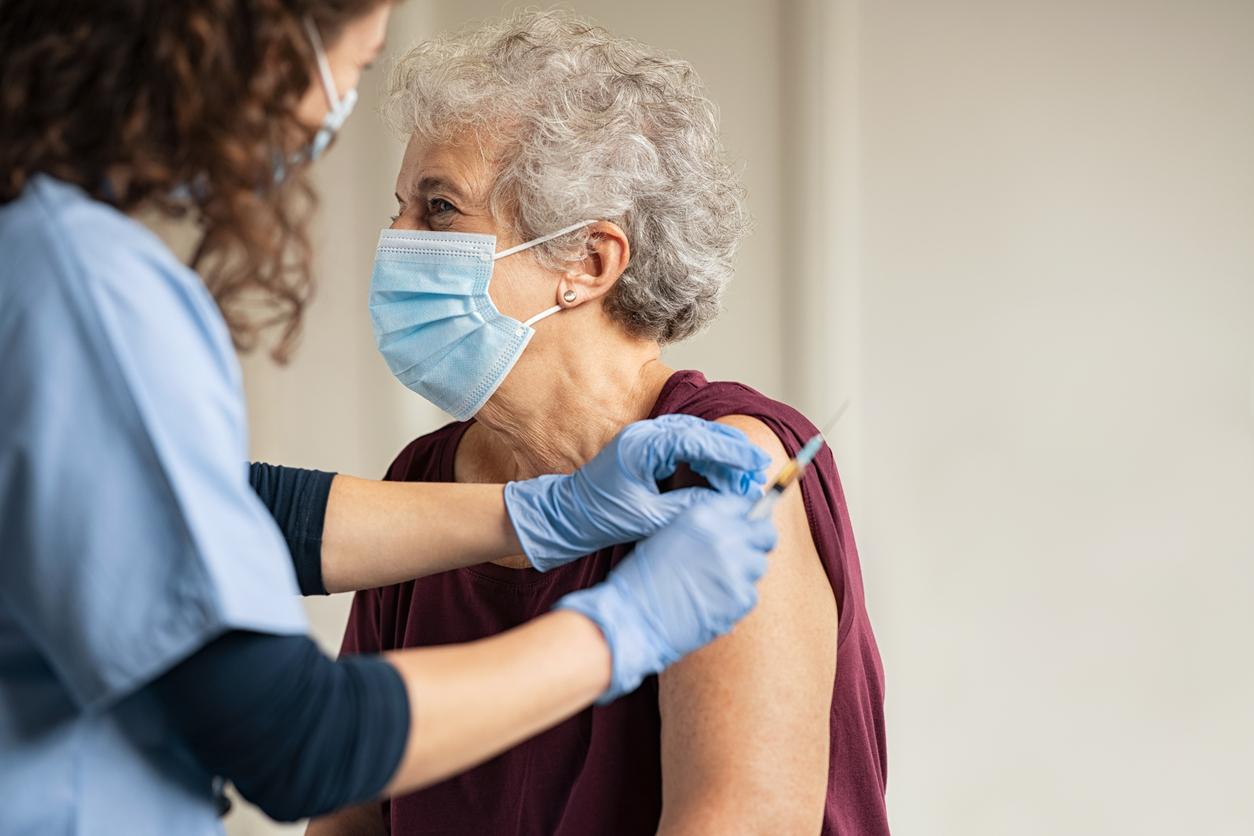With the exception of the common cold, the infectious diseases that normally ruin our winters are absent subscribers this year, thanks to anti-coronavirus barrier gestures, but not only.

- Cases of flu, gastro and bronchiolitis are rare this winter in France.
- Barrier gestures, the use of hydro-alcoholic gels and the limitation of travel explain this unprecedented infectious trend.
SARS-CoV-2 is responsible for 1.3 million deaths to date, with France being one of the countries most affected by the pandemic (65,000 deaths). Nevertheless, Covid-19 has drastically reduced the number of cases of influenza, gastroenteritis and bronchiolitis on our territory. Only the common cold escapes this trend, according to new analyzes unveiled at the press conference of the 25th Congress of Pneumology in the French Language.
Influenza
In France as elsewhere, the 2019-2020 flu season was impacted by the COVID-19 pandemic. The 2019-2020 influenza epidemic, unlike the last two seasons, resulted in a moderate impact both in community medicine and in hospitals (emergency visits, hospitalizations and intensive care admissions), and low in terms of mortality compared to the 2017-2018 and 2018-2019 epidemics.
“The absence of flu has been attributed to the barrier measures, but this is probably not the only reason: the decrease in international travel has certainly also played a role”, explain the experts. “Indeed, some South American countries where measures for the control of COVID-19 were insufficient have also seen their flu rates drop sharply,” they argue.
Gastroenteritis
In France, Covid-19 is associated with a decrease in the number of out-of-town consultations and emergency visits for gastroenteritis (to be distinguished from diarrhea due to SARS-CoV-2 infections). “Barrier measures and especially the use of hydro-alcoholic solutions are very effective on the spread of acute gastroenteritis viruses”, welcome the doctors.
Bronchiolitis
In France, the epidemic which usually begins in October has not taken place, despite the opening of nurseries and schools, the partial resumption of work and the reopening of shops. Thus, compared to the years 2018 and 2019, “We have seen this winter in Ile-de-France a virtual absence of an increase in consultations, visits to the emergency room, hospitalizations and the use of physiotherapist care”, note health professionals. “These data, identical to what has been observed at the national level, raise questions about the role of adults, mainly concerned by barrier measures, on the transmission of infections in children”, they continue.
Indeed, even if restrictions on population movements have certainly limited the spread of the virus, “the absence of barrier measures between children should have maintained the transfer of viruses between the little ones”note the experts, perplexed.
The exception of the common cold
There are hundreds of viruses that cause respiratory symptoms similar to those of a common cold, from parainfluenza to metapneumovirus. And most of these viruses also seem to have been kept at bay during the southern and northern hemisphere winter by COVID-19.
“An important and surprising exception is the rhinovirus. Rhinoviruses are the leading cause of the common cold, especially in children, and there are over a hundred strains,” note health professionals. In a study in Southampton, UK, the rate of rhinovirus detection among hospitalized adults remained lower in summer 2020 than in summer 2019, but increased as usual when schools reopened. in September.

.
















